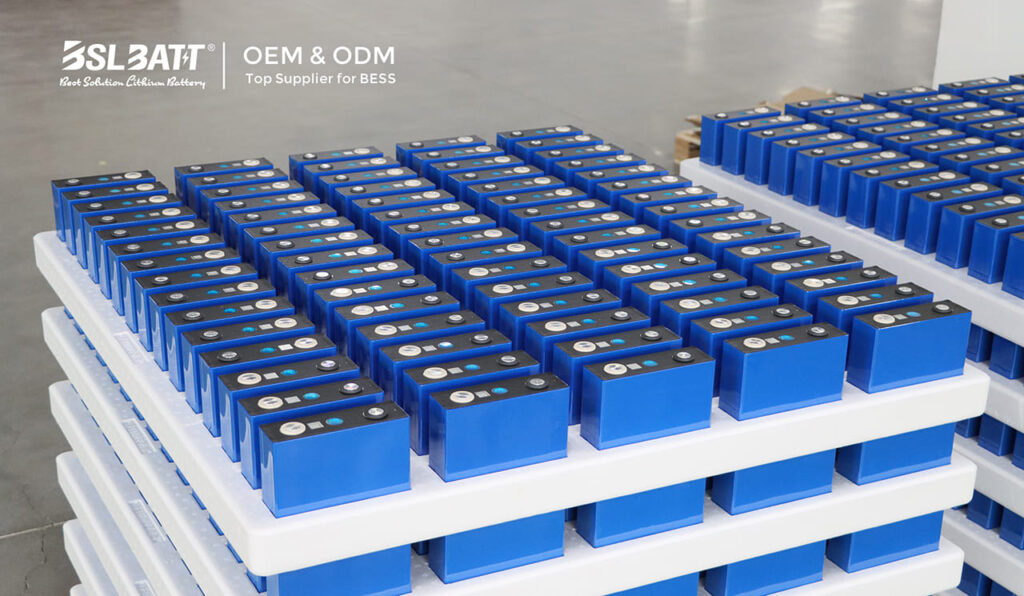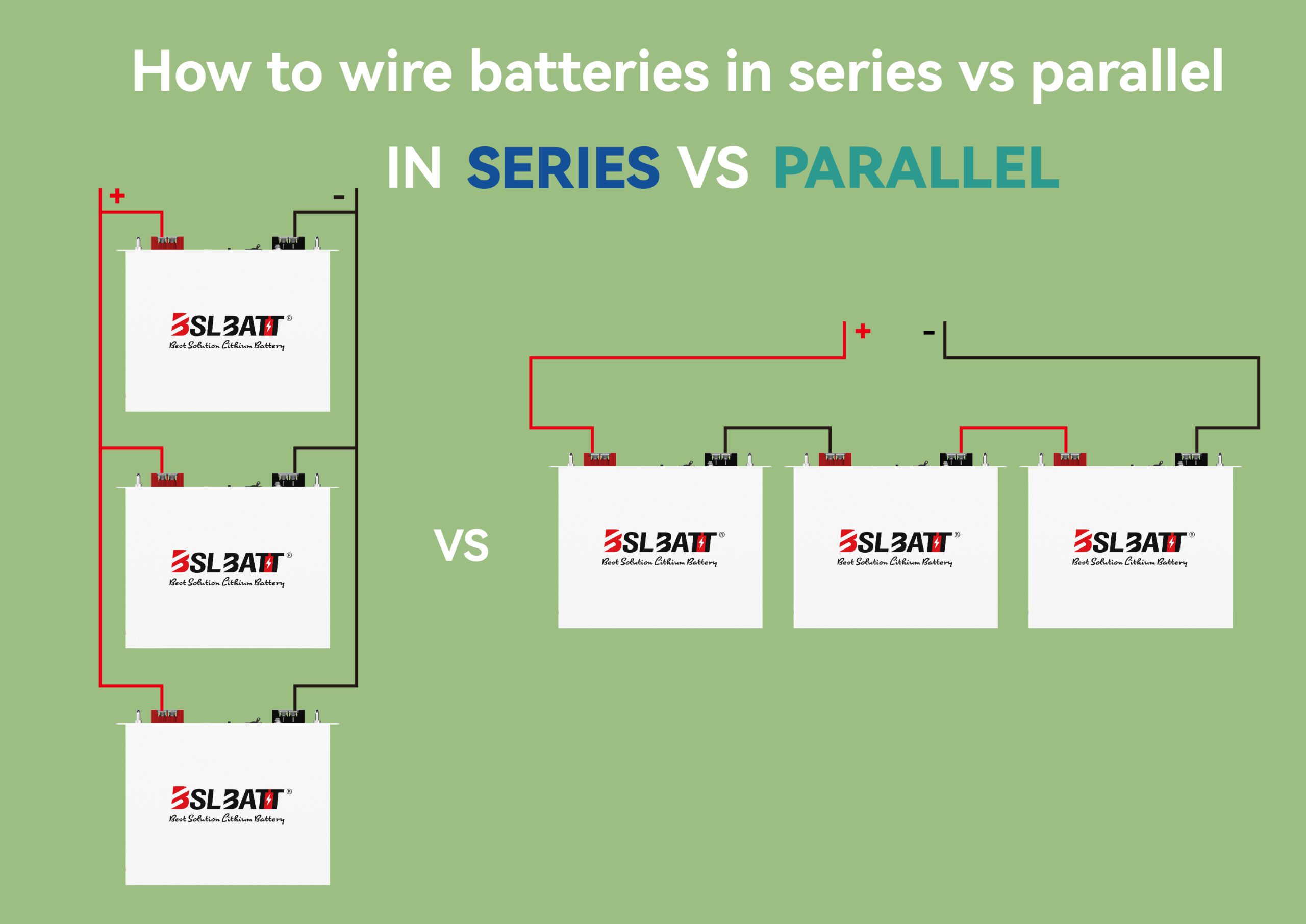Since the commercialization of lithium-ion batteries in 1991, a span of 33 years has elapsed. Through continuous advancements in lithium-ion battery technology, it has now become an indispensable component of our lives. Widely utilized in consumer electronics such as smartphones, cameras, watches, and computers, as well as in renewable energy storage and industrial power applications, lithium-ion batteries have permeated various sectors. But what exactly are lithium-ion batteries? For many, this remains an intriguing subject worthy of exploration. This article aims to embark from the most fundamental aspects, shedding light on lithium-ion batteries and their types.
What is A Lithium-ion Battery?
A lithium-ion battery is a rechargeable battery that utilizes compounds containing Li+ ions as the positive electrode. During the charging and discharging process of the battery, lithium ions move between the positive and negative electrodes. When charging occurs, Li+ ions leave the positive electrode (cathode) and are stored in the negative electrode (anode). Conversely, during discharge, Li+ ions move from the negative electrode to the positive electrode, generating an electric current. What Are Lithium Batteries Used For?

Composition of Lithium-ion Batteries
A complete lithium-ion battery primarily consists of four components: the positive electrode (cathode), negative electrode (anode), separator, and electrolyte.
Positive Electrode (Cathode): The positive electrode of a lithium-ion battery is composed of three parts: a lithium-ion conductor, a lithium-ion source, and a conductor. The selection of materials for the positive electrode significantly impacts the battery’s performance and cycle life. The active material in the positive electrode is crucial as it facilitates the storage and release of lithium ions. Typically, metal oxides or phosphates are used as active materials, with common examples including lithium cobalt oxide, lithium manganese oxide, and lithium iron phosphate.
Negative Electrode (Anode): Let’s delve into the negative electrode of a lithium-ion battery. Similar to the positive electrode, the negative electrode consists of active material, conductive agent, and binder. Graphite is commonly used as the active material due to its high electrochemical stability and excellent ion conductivity.
Separator: The separator in a lithium-ion battery is a porous polymer membrane. Its primary function is to isolate the positive and negative electrodes, preventing short circuits, while also providing a pathway for lithium-ion migration during charging and discharging.
Electrolyte: The electrolyte serves as the medium and carrier for Li+ ion movement. It typically consists of solvent (constituting over 80% of the mixture), solute (usually lithium salt), and additives. Additives are crucial to the electrolyte’s performance, influencing its wetting ability, flame retardancy, film formation, and other properties. They play a vital role in the development of high-performance electrolytes.
What Are The Classifications of Lithium-ion Batteries?
Electrochemical Classification of Lithium Batteries
Lithium-ion batteries can be categorized based on different positive electrode materials, with common electrochemical classifications including lithium iron phosphate (LiFePO4), lithium cobalt oxide (LCO), lithium manganese oxide (LMO), lithium nickel cobalt manganese oxide (NMC), lithium titanium oxide (LTO), and lithium nickel cobalt aluminum oxide (NCA).

Lithium Iron Phosphate (LiFePO4) Battery: This type of lithium-ion battery employs lithium iron phosphate as the positive electrode material, commonly known as LFP or LiFePO4. The individual cell voltage of LiFePO4 batteries is approximately 3.2V, with a charging cutoff voltage typically ranging from 3.6V to 3.65V. LiFePO4 batteries offer advantages such as high operating voltage, large energy density, long cycle life, excellent safety performance, low self-discharge rate, and absence of memory effect. Exploration of Lithium Iron Phosphate Battery.
BSLBATT primarily utilizes lithium iron phosphate in our batteries, providing power for applications such as golf carts, electric forklifts, RVs, boats, and residential, industrial, and commercial renewable energy storage through our professional module and casing designs.
Lithium Cobalt Oxide (LCO) Battery: Lithium cobalt oxide is used as the positive electrode material in LCO batteries, also referred to as LCO. These batteries have a nominal cell voltage of 3.7V. LCO batteries boast higher energy density compared to many other types of lithium-ion batteries, enabling them to store more energy in the same volume or weight. They also exhibit superior cycling performance, capable of enduring multiple charge and discharge cycles. However, LCO batteries have drawbacks such as poor safety and high manufacturing costs.
Lithium Manganese Oxide (LMO) Battery: Lithium manganese oxide batteries utilize lithium manganese oxide as the positive electrode material, also known as LiMn2O4. The individual cell voltage of LMO batteries ranges from 2.5V to 4.2V. These batteries are characterized by low cost and good safety performance. However, they exhibit poorer performance at high temperatures, relatively shorter cycle life, and may experience swelling under high temperatures.
Lithium Nickel Cobalt Manganese Oxide (NMC) Battery: NMC batteries, also known as ternary lithium batteries or NMC, employ lithium nickel cobalt manganese oxide as the positive electrode material. These batteries are based on three different metal materials: nickel, manganese, and cobalt. The individual cell voltage of NMC batteries is 3.6V. Due to the increasing scarcity and high cost of cobalt resources, nickel and manganese are used to replace over two-thirds of the cobalt in NMC batteries, making them relatively inexpensive. NMC batteries offer high energy density and good cycling performance but lag behind lithium iron phosphate batteries in terms of thermal stability.
Lithium Titanium Oxide (LTO) Battery: LTO batteries utilize lithium titanium oxide as the negative electrode material, with conventional materials such as lithium manganese oxide, ternary materials, or lithium iron phosphate composing the positive electrode. Also known as LTO, these batteries have a single-cell voltage of 2.4V. LTO batteries feature high energy density, rapid charging capability, and long cycle life, making them widely used in applications such as power tools, electric bicycles, drones, and other portable electronic devices.
Lithium Nickel Cobalt Aluminum Oxide (NCA) Battery: NCA batteries, also known as LiNiCoAlO2 or NCA, utilize nickel, cobalt, and aluminum as the positive electrode material. NCA batteries offer advantages such as high energy density, long life, fast charging, and environmental friendliness. However, they suffer from high costs, poor cycle life, and low safety, which limit their competitiveness in the market.
Classification of Lithium-ion Batteries According To Their Appearance
There is no single appearance of lithium-ion batteries. The three most popular and widely used appearances are cylindrical lithium-ion batteries, square lithium-ion batteries and soft-pack lithium-ion batteries, which can be applied to different product areas.

Cylindrical Lithium-ion Battery:
Conventional cylindrical lithium-ion batteries are typically encased in steel shells. The physical stability and pressure resistance of steel materials far exceed those of aluminum shells. Generally, battery models are named based on their dimensions. For example, the 18650 battery: the first two digits represent the battery’s diameter with one decimal place; the middle two digits represent the battery’s width; and the last two digits represent the battery’s length, all in millimeters.
Square Lithium-ion Battery:
Square lithium-ion batteries typically use aluminum casing, which is lighter in weight compared to steel-cased batteries. The dimensions of square lithium-ion batteries can be freely designed, unlike cylindrical batteries, and square lithium-ion cells have larger individual capacities, making assembly processes simpler. By utilizing stacking technology, square lithium-ion batteries exhibit lower internal resistance and can sustain high-current discharges.
BSLBATT commonly employs square lithium-ion batteries in our battery products, often sourced from leading manufacturers such as EVE and REPT, both globally recognized as top-tier producers of lithium iron phosphate batteries. How Long Do Lithium Batteries Last?
Soft Pack Lithium-ion Batteries:
Soft pack batteries typically use aluminum-plastic film, which is a multi-layer composite film structure offering greater flexibility and the lightest weight. In the event of safety hazards, soft pack batteries may swell and rupture, unlike cylindrical lithium-ion batteries with steel casing, which can explode. Similarly, soft pack batteries have lower internal resistance, significantly reducing self-discharge.
Conclude
The rapid technological advancements in lithium-ion batteries have propelled them to the forefront of the electric vehicle and energy storage industries, far surpassing the century-old lead-acid batteries. Through reading this article, you can gain a clear understanding of the distinctive features of lithium-ion batteries.
At BSLBATT, we boast a team of highly skilled lithium-ion battery experts and researchers. Whether you’re searching for lithium-ion batteries for your equipment or contemplating a move into the clean energy sector, don’t hesitate to send us your detailed requirements via our contact form. We are committed to providing you with the most cost-effective and tailored lithium-ion battery products to meet your needs.
















